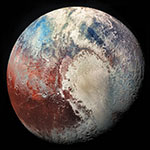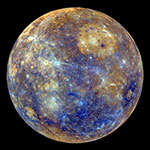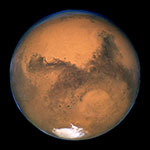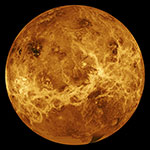The Volume Of Planets In Our Solar System
Volume, in the context of planets, refers to the measure of the amount of space occupied by a planet. It represents the total three-dimensional extent or capacity of the planet, encompassing its entire interior, including the core, mantle, and any surrounding layers or atmospheres.
The volume of a planet is typically expressed in units such as cubic kilometers (km³) or cubic miles (mi³). It quantifies the overall size and spatial extent of the planet's internal structure. By calculating the volume, scientists can determine the planet's mass, density, and other important physical properties.
The volume of a planet is influenced by its size, shape, and composition. Larger planets tend to have larger volumes compared to smaller ones. For instance, Earth has a volume of approximately 1.08 trillion cubic kilometers (259 billion cubic miles), while Mars has a volume of about 163.2 billion cubic kilometers (39.2 billion cubic miles).
The calculation of volume takes into account the planet's shape, which is often approximated as a sphere or an ellipsoid. However, planets can have irregular shapes due to variations in their rotation, gravitational interactions with other bodies, or the presence of geological features such as mountains or valleys. In such cases, more complex mathematical models are used to estimate the volume.
| Name | \(10^{10} km^3\) | Ratio To Earth Value | |
|---|---|---|---|
| Pluto |  |
0.702 | 0.0065 |
| Moon |  |
2.1968 | 0.0203 |
| Mercury |  |
6.083 | 0.05616 |
| Mars |  |
16.312 | 0.15059 |
| Venus |  |
92.843 | 0.85711 |
| Earth |  |
108.321 | 1 |
| Neptune |  |
6254 | 57.7358 |
| Uranus |  |
6833 | 63.08103 |
| Saturn |  |
82713 | 763.59155 |
| Jupiter |  |
143128 | 1321.33197 |
| Sun |  |
141200000 | 1303533.01761 |

